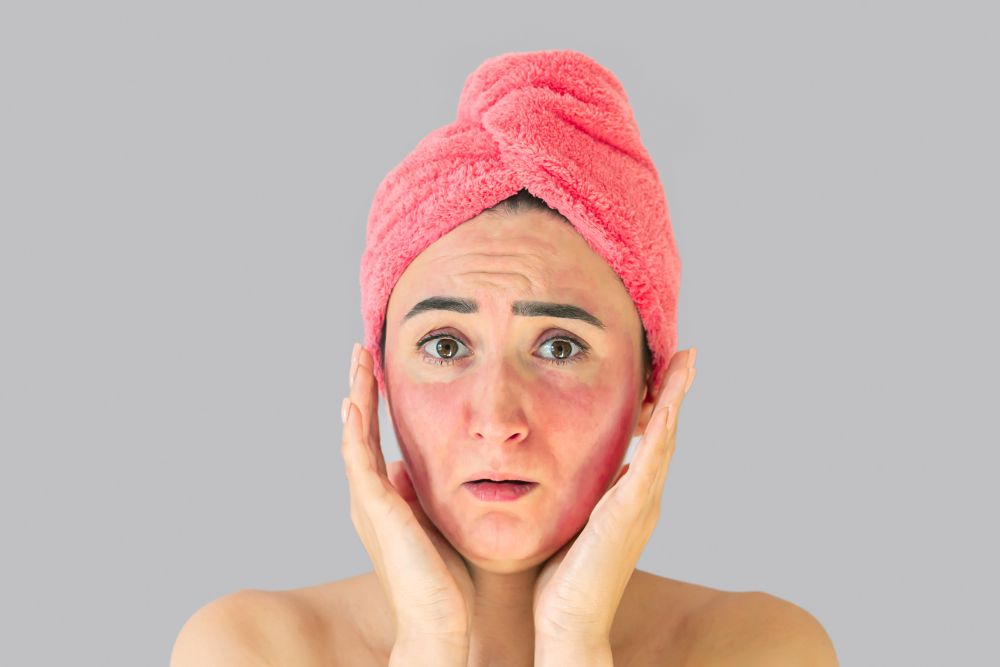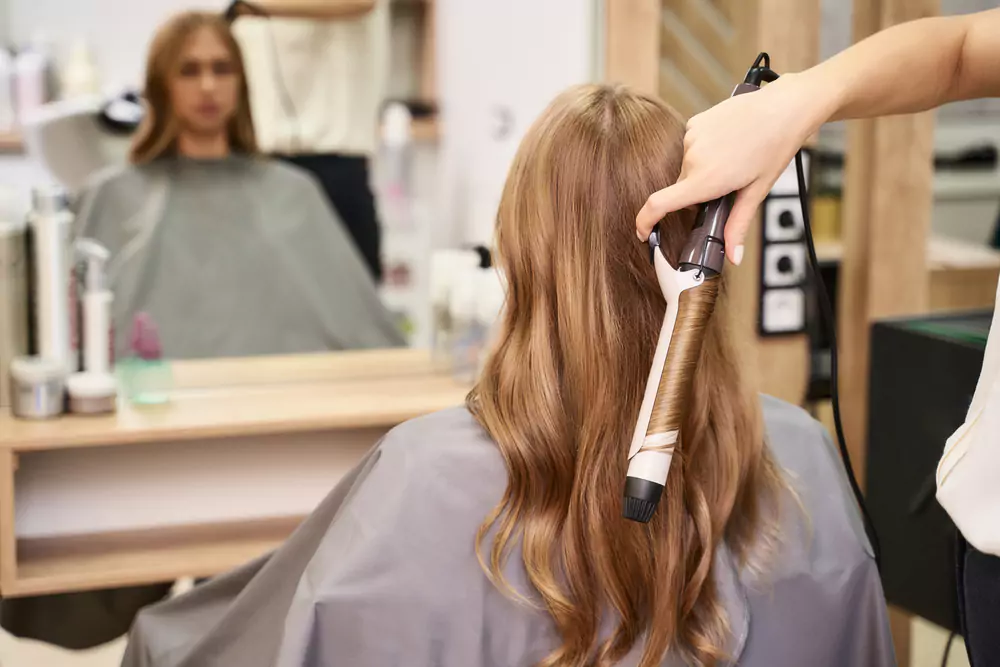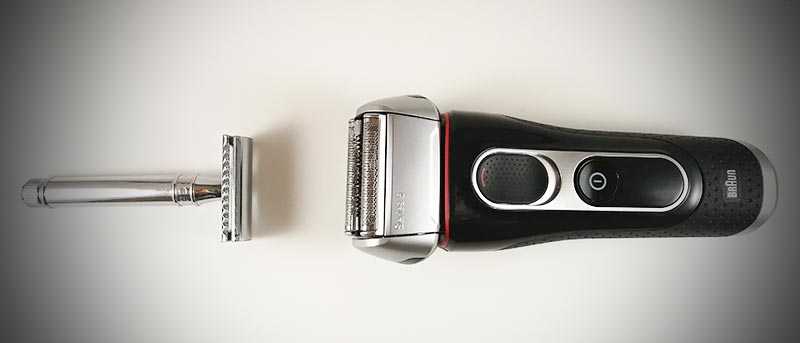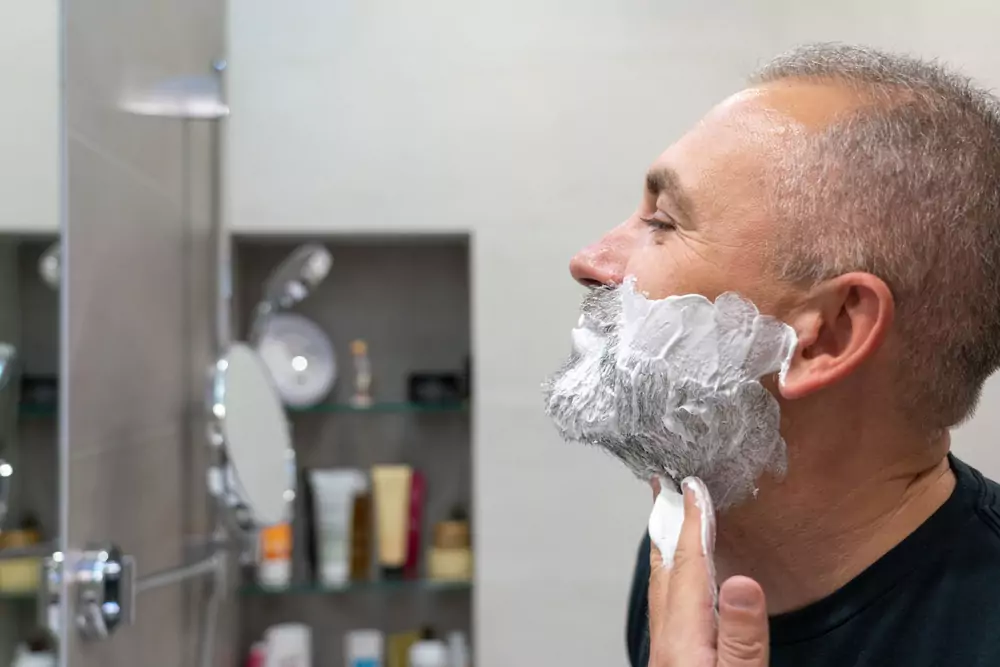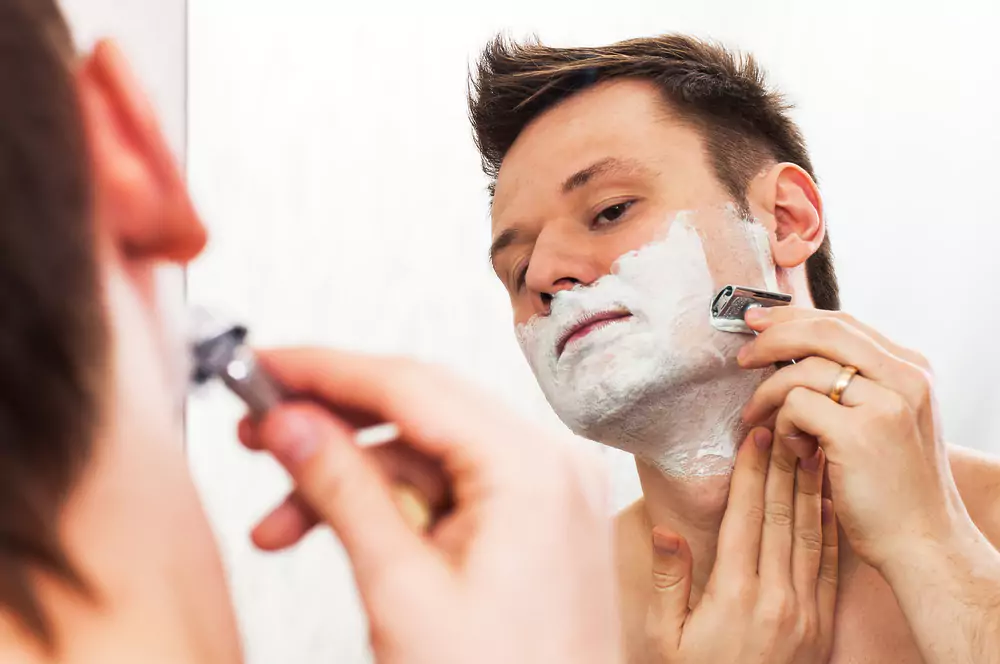How to minimize irritation from hair removal is paramount for achieving smooth, hair-free skin. As someone who values a flawless look without the discomfort, I understand the frustrations that follow hair removal methods like shaving, waxing, or using creams, including the use of the best facial hair removers. Post-removal often brings about redness, bumps, and sensitivity, making it crucial to master techniques that alleviate these issues.
In this guide, I’ll delve into the common problems encountered after hair removal and provide simple yet effective solutions to ensure a comfortable experience and silky-smooth results.
Hair removal is a common practice for many individuals seeking a polished appearance, but it often leads to unwanted side effects such as razor burns, ingrown hairs, redness, and sensitivity, as well as concerns and remove Blackheads. These issues not only affect the skin’s appearance but also cause discomfort and can potentially escalate into more severe problems if left unaddressed.
Fortunately, there are practical strategies and techniques available to minimize irritation and promote healthier skin post-hair removal.
By implementing proper skin preparation, selecting suitable products, and adopting appropriate aftercare routines, we can ensure a more comfortable hair removal experience. With these straightforward yet effective solutions, achieving silky-smooth skin becomes a reality, allowing us to confidently flaunt our hair-free look without any irritation.
Understanding The Importance Of Minimizing Irritation From Hair Removal
Understanding the importance of minimizing irritation from hair removal is like discovering the secret to unlocking smooth, flawless skin. As someone who loves the feeling of silky-smooth legs or a hair-free face, I know that irritation can be a real buzzkill. It’s like having a beautiful canvas marred by unwanted bumps, redness, and discomfort. By grasping just how crucial it is to keep irritation at bay, I empower myself to enjoy the confidence and comfort that come with a perfectly executed hair removal routine.
Common Problems Associated With Hair Removal
Hair removal may promise silky-smooth skin, but it often comes with its fair share of pesky problems that can leave us feeling less than thrilled. From razor burns to ingrown hairs, understanding the common issues associated with hair removal is essential for overcoming them and achieving the desired results.
Razor Burns and Irritation
One of the most common issues after shaving is razor burns, which are caused by improper technique, dull blades, or sensitive skin. These burns manifest as red, inflamed patches that can be itchy and painful. Additionally, irritation from shaving can lead to discomfort and unsightly bumps, especially in sensitive areas like the bikini line or underarms.
Ingrown Hairs


Ingrown hairs occur when a hair curls back or grows sideways into the skin instead of upward. This often happens after shaving or waxing and can result in painful bumps, redness, and inflammation. Ingrown hairs can be particularly bothersome in areas with coarse hair, such as the beard area for men or the legs for women.
Redness and Sensitivity
Hair removal methods like waxing or depilatory creams can sometimes leave the skin feeling red, tender, and sensitive. This occurs due to the removal of hair from the follicles, which can irritate the skin and cause temporary inflammation. Redness and sensitivity can be exacerbated by factors such as friction, heat, or allergic reactions to certain products.
Skin Dryness and Flakiness


Some hair removal techniques, particularly those involving chemicals or harsh exfoliation, can strip the skin of its natural oils, leading to dryness and flakiness. This can leave the skin feeling rough and parched, making it more prone to irritation and discomfort, especially if proper hydration and moisturization are not maintained.
Risk of Infection
Hair removal methods that involve breaking the skin’s barrier, such as shaving or waxing, carry a risk of bacterial or fungal infection. Cuts, nicks, or ingrown hairs provide entry points for bacteria, which can lead to infections such as folliculitis or cellulitis if not properly treated and prevented.
Post-Inflammatory Hyperpigmentation
In some cases, especially for individuals with darker skin tones, repeated irritation from hair removal can lead to post-inflammatory hyperpigmentation. This condition causes darkening of the skin in areas where inflammation or trauma has occurred, resulting in patches of uneven pigmentation that may take time to fade.
Preparing The Skin Before Hair Removal


Preparing the skin before hair removal is like laying the foundation for a flawless masterpiece. By taking a few simple steps beforehand, we can ensure a smoother, more comfortable hair removal experience and minimize the risk of irritation or adverse reactions.
Exfoliation
Gently exfoliating the skin a day or two before hair removal helps remove dead skin cells and unclog pores, allowing for a closer shave or better waxing results. Use a gentle exfoliating scrub or a soft brush to slough off dead skin, focusing on areas prone to ingrown hairs, such as the legs, bikini line, or underarms.
Hydration
Keeping the skin hydrated is essential for preventing dryness and reducing friction during hair removal. Drink plenty of water to hydrate from within, and apply a moisturizer or hydrating lotion to the skin before hair removal to create a protective barrier. Hydrated skin is less prone to irritation and razor burn.
Trimming
If the hair is long, consider trimming it down to a shorter length before shaving or waxing. Long hair can get tangled in razors or wax strips, leading to a less effective hair removal process and increased risk of irritation. Use scissors or a trimmer to trim the hair to a manageable length before proceeding with hair removal.
Cleanse
Thoroughly cleanse the skin before hair removal to remove any dirt, oil, or sweat that may be present on the surface. Use a gentle cleanser suitable for your skin type to ensure that the skin is clean and free of impurities. Avoid harsh or drying cleansers that can strip the skin of its natural oils and exacerbate irritation.
Skin Sensitivity Test
If using a new hair removal product or method, perform a patch test on a small area of skin to check for any adverse reactions or allergies. Apply a small amount of the product to the skin and wait for at least 24 hours to see if any redness, irritation, or itching occurs. If no reaction occurs, it is safe to proceed with hair removal.
Relaxation
Lastly, try to relax and remain calm before hair removal to reduce stress and tension, which can exacerbate sensitivity and make the process more uncomfortable. Take a few deep breaths, listen to calming music, or practice mindfulness techniques to prepare both your body and mind for the hair removal process.
Choosing The Right Hair Removal Method
Selecting the appropriate hair removal method is like finding the perfect tool for a specific job—it ensures efficiency and minimizes the risk of irritation or discomfort. With various options available, it’s essential to consider factors such as skin type, hair texture, and personal preferences to determine the best method for achieving smooth, hair-free skin.
Shaving
Shaving is a popular and convenient hair removal method that involves using a razor to cut hair at the skin’s surface. It’s suitable for most areas of the body and offers quick results without the need for professional assistance. However, shaving can lead to razor burns, ingrown hairs, and stubble regrowth, especially if not done properly or with a dull blade.
Waxing
Waxing involves applying a thin layer of wax to the skin, which adheres to the hair and is then quickly removed, pulling the hair out from the root. This method provides longer-lasting results compared to shaving and can lead to finer regrowth over time. However, waxing can be painful, especially for those with sensitive skin, and may cause redness or irritation immediately after treatment.
Depilatory Creams
Depilatory creams contain chemicals that dissolve the hair at the skin’s surface, making it easy to wipe away. This method is painless and suitable for large areas of the body, such as the legs or arms. However, depilatory creams can cause skin irritation or allergic reactions in some individuals, and they may not effectively remove coarse or thick hair.
Epilation
Epilation involves using an electric device to grasp and pull out multiple hairs simultaneously from the root. This method provides longer-lasting results than shaving and can lead to finer regrowth over time. However, epilation can be painful, especially for those with sensitive skin, and may cause redness or irritation immediately after treatment.
Laser Hair Removal
Laser hair removal uses concentrated beams of light to target and destroy hair follicles, inhibiting future hair growth. This method offers permanent results after multiple sessions and is suitable for various skin and hair types. However, laser hair removal requires professional treatment and may cause temporary redness, swelling, or discomfort during and after the procedure.
Electrolysis
Electrolysis involves using a tiny needle to deliver an electric current to each hair follicle, destroying it permanently. This method offers permanent results and is suitable for all skin and hair types. However, electrolysis requires multiple sessions and may cause temporary redness, swelling, or discomfort during and after treatment.
Using Suitable Products And Tools
Using suitable products and tools is essential for achieving effective and comfortable hair removal results. Whether shaving, waxing, or using depilatory creams, selecting the right products can minimize irritation and maximize smoothness. Here are some essential items to consider:
Razor or Electric Shaver
For shaving, choosing a high-quality razor or electric shaver with sharp blades is crucial. Ensure the razor is suitable for your skin type and provides a close shave without causing irritation. Additionally, electric shavers offer convenience and precision for those with sensitive skin or intricate areas like the bikini line or face.
Waxing Kit
If opting for waxing, investing in a reliable waxing kit containing wax strips or a warm waxing pot is essential. Look for waxing kits designed for your specific hair type and body area to ensure optimal results. Consider using pre-waxing oils or lotions to prep the skin and post-waxing soothing gels to reduce redness and inflammation.
Depilatory Cream
Depilatory creams are an easy and painless hair removal option for larger areas of the body. Choose a gentle formula suitable for your skin type and sensitive areas like the face or bikini line. Ensure to follow the instructions carefully and perform a patch test beforehand to check for any adverse reactions.
Facial Hair Remover
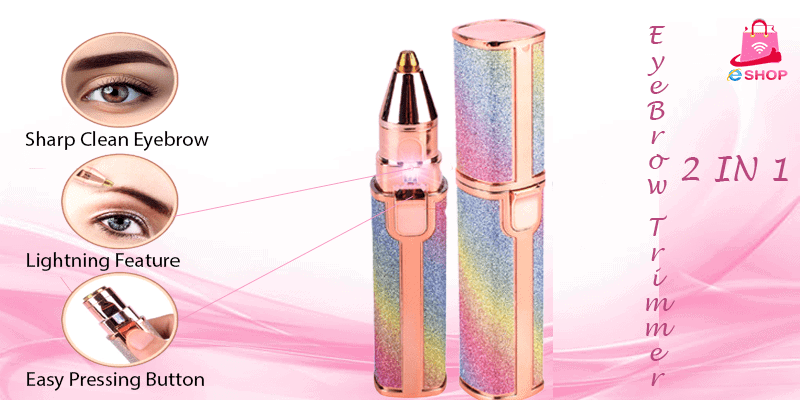

For precise facial hair removal, consider using a specialized tool like the incredible facial hair remover. This compact and portable device offers gentle hair removal without irritation, making it ideal for sensitive facial skin. Its precise design allows for precise hair removal on the upper lip, chin, or cheeks, leaving the skin smooth and hair-free.
Exfoliating Scrub or Brush
Incorporating an exfoliating scrub or brush into your skincare routine can help prevent ingrown hairs and promote smoother hair removal results. Choose a gentle exfoliant suitable for your skin type and use it regularly to remove dead skin cells and unclog pores, allowing for a closer shave or better waxing results.
Proper Aftercare Techniques
Proper aftercare techniques are essential for maintaining smooth, irritation-free skin after hair removal. Here are three effective methods to ensure your skin stays healthy and comfortable post-treatment:
Moisturize
After hair removal, it’s crucial to moisturize the skin to keep it hydrated and prevent dryness or irritation. Choose a gentle, fragrance-free moisturizer or soothing lotion suitable for your skin type. Apply liberally to the treated area, massaging it gently to promote absorption. Moisturizing helps replenish lost moisture, soothe any irritation, and maintain skin softness and smoothness.
Avoid Tight Clothing
Opt for loose-fitting clothing after hair removal, especially if you’ve waxed or shaved sensitive areas like the bikini line or underarms. Tight clothing can rub against the skin, causing friction and irritation, which may exacerbate post-hair removal discomfort. Choose breathable fabrics like cotton and avoid wearing tight jeans, leggings, or restrictive underwear until any redness or sensitivity subsides.
Exfoliate Regularly
Incorporating regular exfoliation into your skincare routine can help prevent ingrown hairs and promote smoother, bump-free skin. Choose a gentle exfoliating scrub or brush and use it two to three times per week, focusing on areas prone to ingrown hairs, such as the legs, bikini line, or underarms. Exfoliating helps remove dead skin cells and unclog pores, allowing hair to grow back without obstruction and reducing the risk of ingrown hairs.
Conclusion
In conclusion, minimizing irritation from hair removal is essential for achieving smooth, comfortable skin without any unwanted side effects. By following the tips and techniques outlined in this guide, such as proper skin preparation, choosing the right hair removal method, using suitable products and tools, and implementing effective aftercare techniques, you can reduce the risk of irritation and enjoy a more pleasant hair removal experience.
Remember to listen to your skin’s needs, stay consistent with your routine, and prioritize hydration and skin health to maintain silky-smooth results in the long run. With a little care and attention, you can confidently flaunt your hair-free look with minimal irritation and maximum comfort.
FAQs
How Do You Stop Irritation After Hair Removal?
To stop irritation after hair removal, apply a soothing moisturizer and avoid tight clothing.
How Do You Treat Irritated Hair Removal?
Treat irritated hair removal by applying a cool compress and using an anti-inflammatory cream containing ingredients like aloe vera or chamomile.
How Can I Calm My Skin After Hair Removal?
Calm your skin after hair removal by applying aloe vera gel or a gentle, fragrance-free moisturizer to soothe and hydrate the skin.
How Do You Soothe Skin After Veet?
Soothe skin after using Veet by rinsing the area with cool water and applying a gentle moisturizer or aloe vera gel to alleviate any irritation.

